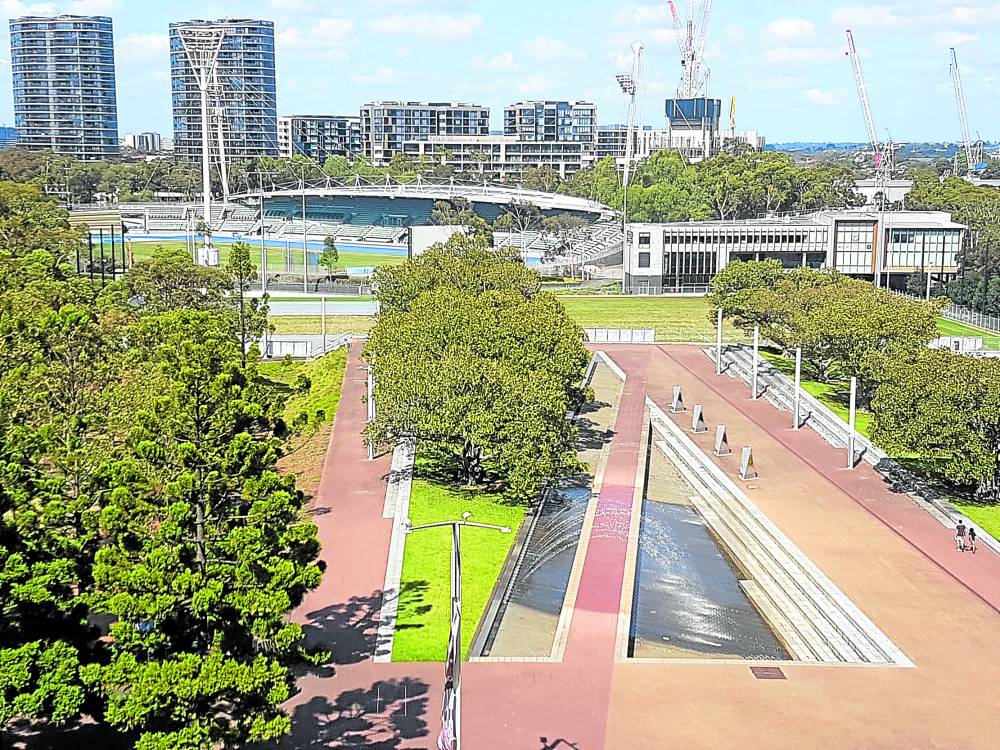
The venue was built on a run-down industrial area of the city previously used for slaughterhouses and depositing liquid waste. The center of this wasteland was transformed into Sydney Olympic Park.
The Summer Olympic Games and Winter Olympic Games continue to be the most prestigious, truly global, multi-sport celebratory athletics international competition since these started in 1896 in Athens, Greece.
They have been held on a staggered two-year schedule so that the Games happen every two years in either summer or winter. Thousands of athletes from all over the world participate in various competitions.
Seven years before the Games, major cities from around the world make competitive bids to the International Olympics Committee for a chance to host the Olympic Games.
Audit of cities bidding as host
The shortlisted cities are subjected to a meticulous 10-month audit to ensure that they can accommodate tourists, journalists and athletes who will be flying in for the games. They must offer an efficient transportation system and ample security for the athletes who may disrupt the games, as well as provide venues for all the events with high quality standards.
It is a great honor for a city to be awarded the right to hold the Olympic Games. However, hosting the Games also means massive costs. For example, the 2020 Japan Olympic Games cost $15 billion, much more than the original $7 billion proposed.
Why cities bid for the Olympic Games
Cities bid for the Olympics because it offers a wonderful opportunity for countries to get to know each other and showcase their best athletes, while providing the host a great opportunity to make money by boosting tourism and promoting their culture.
Sadly, many Olympic venues are abandoned and notoriously left in a state of disrepair after the Games.
Sustainable development
Wide and safe walkways with pervious or porous pavers and extensive landscaping are provided with well-lit bus stops leading to the different sports venues of the Olympic Park.
Exceptional past host cities that stressed the importance of sustainability in their planning and development repurposed their infrastructure so that they can be used once the Games are over.
One such sustainable model is the Summer Sydney Olympic Games held from Sept. 15 to Oct. 1, 2000, which attracted five million visitors.
The venue was built on a run-down industrial area of the city. The center of this wasteland was transformed into Sydney Olympic Park, which covers 640 ha that included sports facilities, business facilities, green spaces and parklands. It is now home to 230 businesses and receives more than 14 million visitors each year. The park’s masterplan is committed to making it carbon zero by 2030.
Sustainable energy, water and materials
The Sydney 2000 Olympic and Paralympic Games developed world-class venues with strong emphasis on energy and water conservation, sustainable materials selection, pollution control and efficient waste management and minimization systems. Extensive use of renewable energy was used across the village.
Environmentally responsible materials were used for the development and construction of the village, while the surrounding areas of about 160 ha of waterways were cleaned. One hundred eighty hectares of industrial wasteland were reclaimed with some transformed into new habitats for endangered species. Australia established its first urban water recycling system which continues to save 850 million liters of drinking water each year.
According to former International Olympic Committee President Juan Antonio Samaranch, the Sydney Olympic Games is a model for sustainable development and urban renewal. It is now considered as one of the best post-Olympic Games townships.
The last Olympic Games held in Tokyo in 2021 aimed to be the most sustainable Olympics ever. Their focus was on zero emissions, recycled materials, promotion of diversity, and accessible mobility.
Next year, the Olympic Games will be held in Paris, France, which also aims to be sustainable, featuring 95 percent existing or temporary venues with clearly defined legacy aligned with the city’s long-term development plans.
What’s the green future of the Olympic Games?
The International Olympic Committee has adopted sustainability as one of the pillars of the Olympic Agenda 2020, alongside credibility and youth. It aims to include sustainability in all aspects of the Olympic Games.
Asia’s present young population can look to the Olympic Games as a challenge for our young people’s development in sports and athletics. Sustainability of our strong human capital in Asia can prove to be a great impetus for the review of the government’s determination to develop the minds, bodies and competitive spirit of the young.
Staying in a businessman’s hotel facing the Sydney Olympic Park over the Christmas holidays made me ask how Australia developed and how they maintain the huge area that is today a hub for local and international sports events with efficient train and bus transport systems, with wide well-lit avenues, safe walking and cycling roads and paths, while the well-maintained Olympic Park is a restful feast for the eyes and the spirit. The surrounding area is at the same time a flourishing commercial and residential district.
The author is the Principal Architect of A.P de Jesus & Associates–Green Architecture and Initiator and past President of the Philippine Green Building Initiative. For comments or inquiries, email amadodejesus@gmail.com